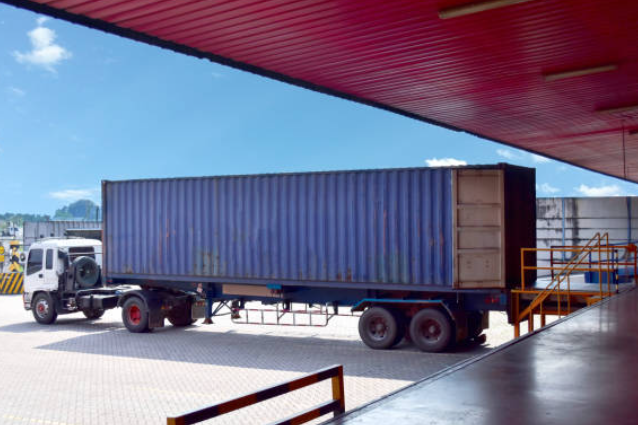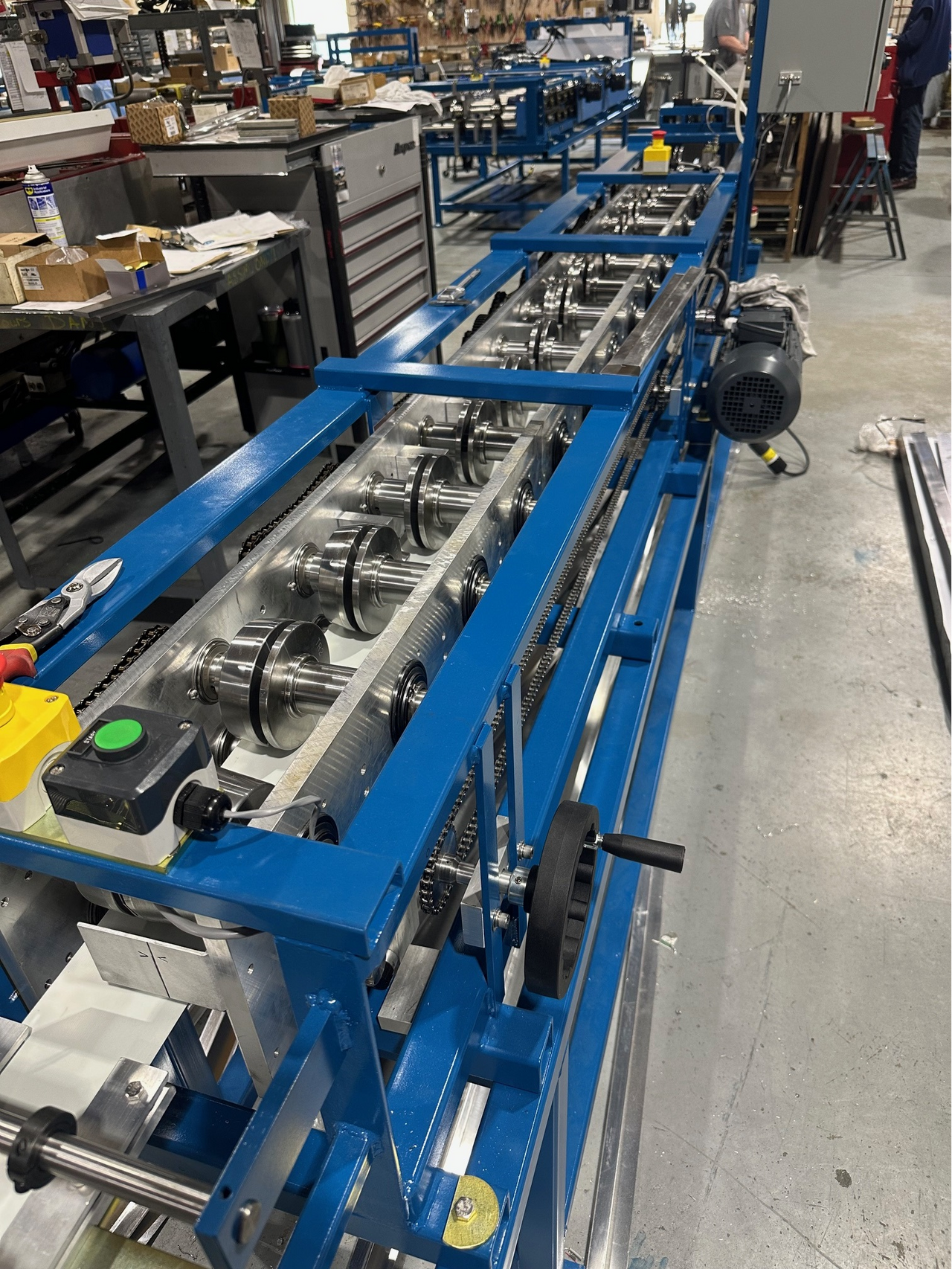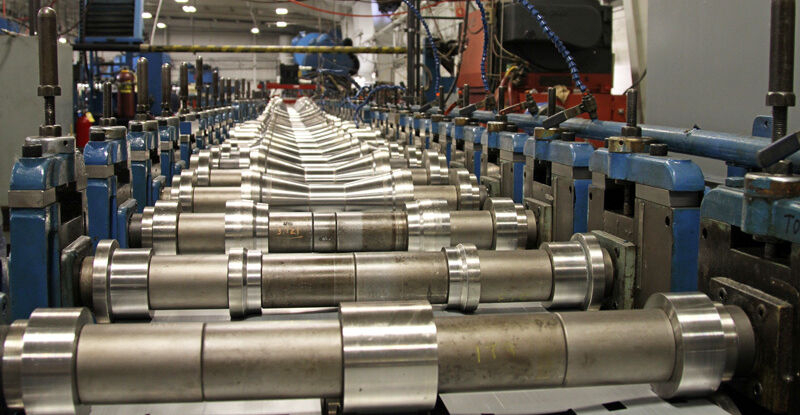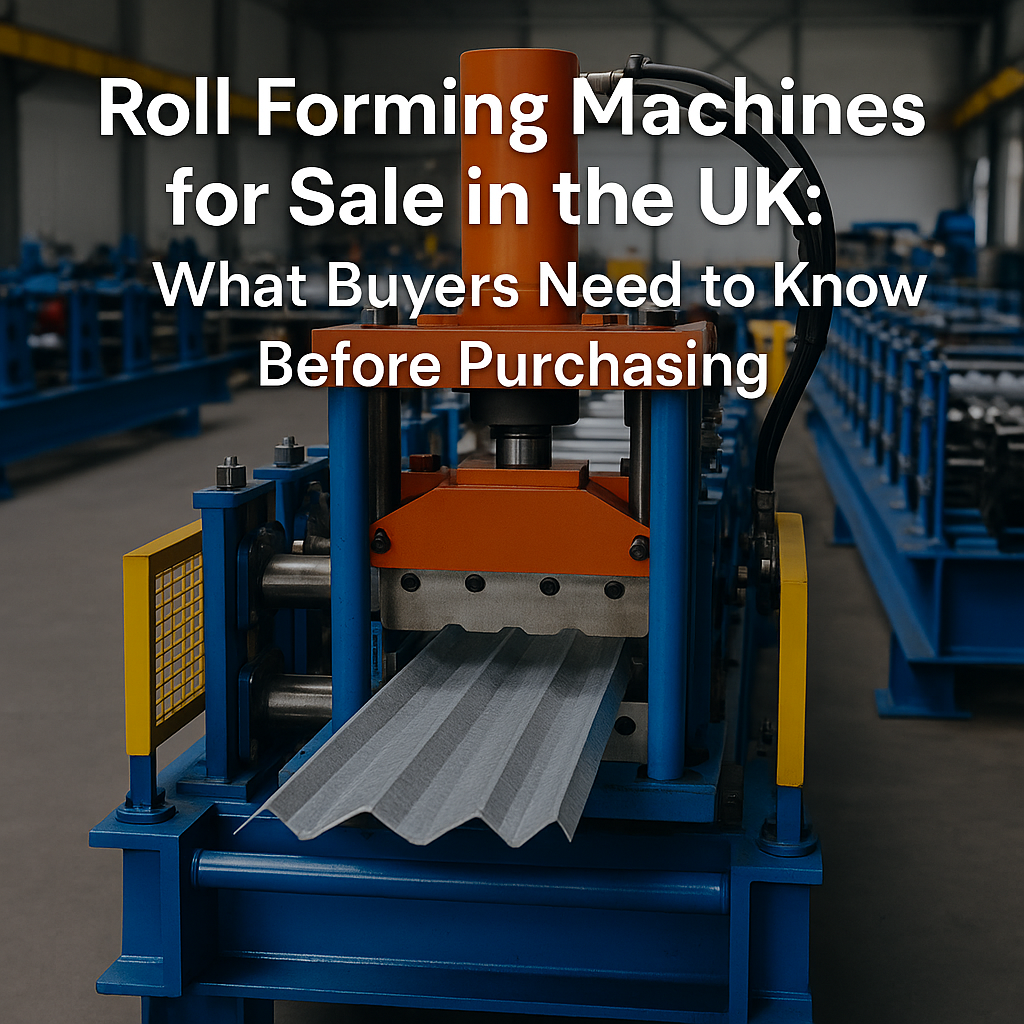Unloading a roll forming machine from a shipping container requires careful planning to ensure safety and prevent damage to the machine.
Unloading a roll forming machine from a shipping container requires careful planning to ensure safety and prevent damage to the machine. Here's a step-by-step guide on how to do it properly:
1. Preparation Before Unloading
- Inspect the Container: Before opening the container, check for any external damage to ensure there are no issues that might affect the unloading process.
- Check the Machine’s Position: Once the container is open, inspect how the roll forming machine is positioned and secured inside. Look for any braces, straps, or blocks that need to be removed.
- Prepare Necessary Equipment: Ensure you have the right equipment for unloading, such as a forklift, crane, or a hoist system, depending on the size and weight of the machine. Make sure the lifting equipment has the capacity to handle the machine’s weight.
2. Unloading Process
- Clear the Area: Ensure that the area around the container is clear of obstacles and that there’s enough space to maneuver the machine.
- Disconnect Shipping Braces: Remove any blocking or bracing materials used to secure the machine during transit, including any straps or chains. Be cautious of how the machine might shift once these are removed.
- Position the Forklift or Crane: Use a forklift or crane to carefully lift the machine. Ensure that the lifting equipment is positioned correctly under the machine’s designated lifting points to avoid damage.
- Forklift: If using a forklift, ensure the forks are spaced properly and are of adequate length to support the machine's base securely.
- Crane: If using a crane, attach the slings or chains to the machine’s lifting points or designated hoist rings. Follow the machine manufacturer’s guidelines for safe lifting.
- Slowly Lift the Machine: Begin lifting the machine slowly, ensuring that it is stable and balanced. Constantly check for any signs of tilting or shifting.
- Move the Machine Out: Once the machine is lifted off the container floor, carefully move it out of the container. If using a forklift, drive slowly and cautiously. If using a crane, ensure that the machine is moved steadily without swinging.
- Place the Machine on a Safe Surface: Once out of the container, place the machine on a flat, stable surface. If needed, position the machine on a pallet or its final setup location in your facility.
3. Post-Unloading
- Inspect the Machine: After unloading, thoroughly inspect the machine for any signs of damage that may have occurred during transport or unloading.
- Reinstall Components: If any parts were removed for transportation (e.g., electrical panels, conveyors), reassemble these components as per the manufacturer’s instructions.
- Check Alignment: Ensure that the machine is correctly aligned and leveled before proceeding with installation and operation.
4. Safety Tips
- Use Proper Lifting Points: Always use the designated lifting points on the machine to avoid damage and ensure safe handling.
- Have Trained Personnel: Ensure that trained personnel are handling the equipment, especially the forklift or crane operators.
- Wear Safety Gear: All personnel involved should wear appropriate safety gear, including helmets, gloves, and steel-toe boots.
- Plan for Size and Weight: Consider the size and weight of the machine when choosing the unloading method and equipment.
By following these steps, you can safely and efficiently unload a roll forming machine from a shipping container without causing damage to the machine or risking injury to the personnel involved.
4o




